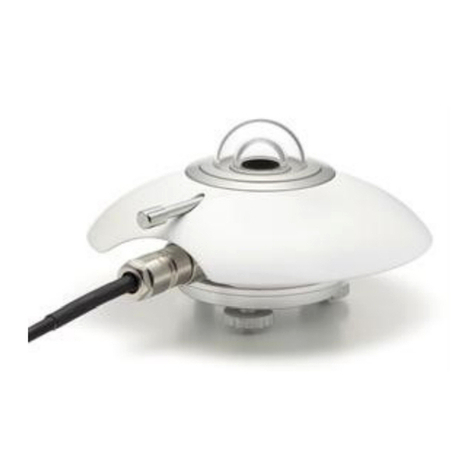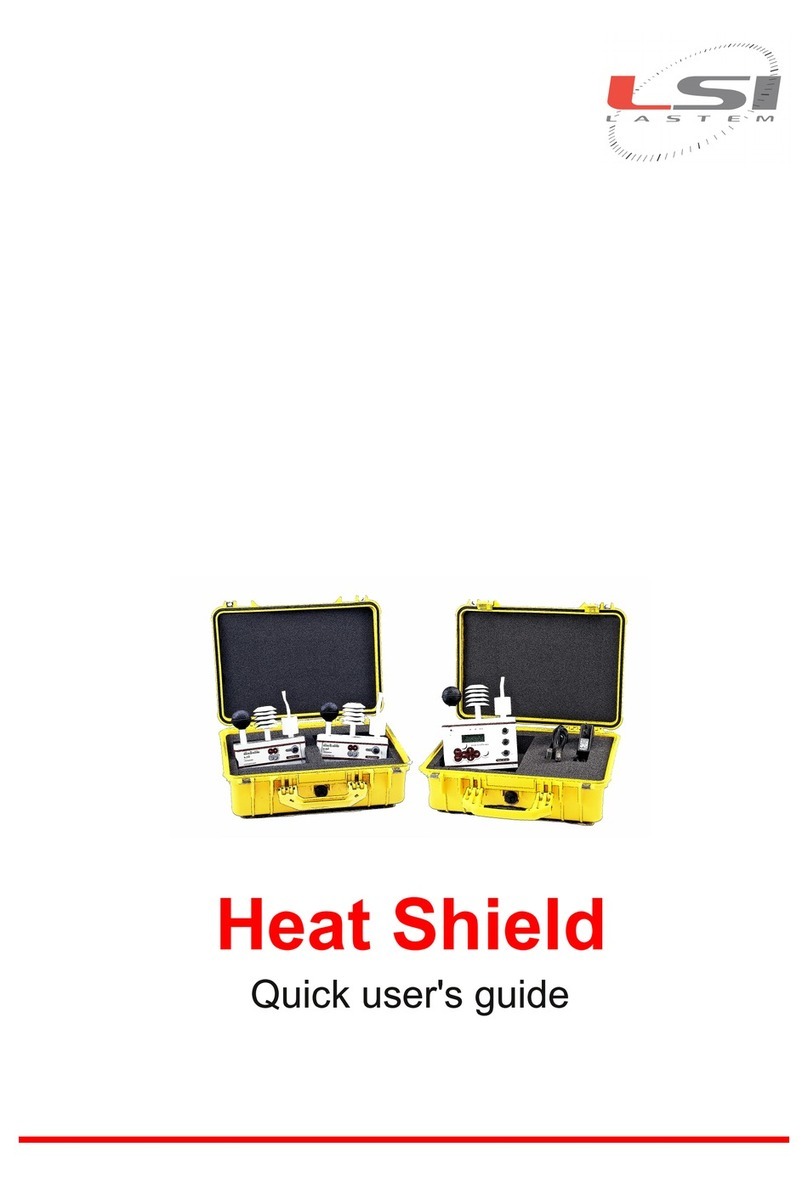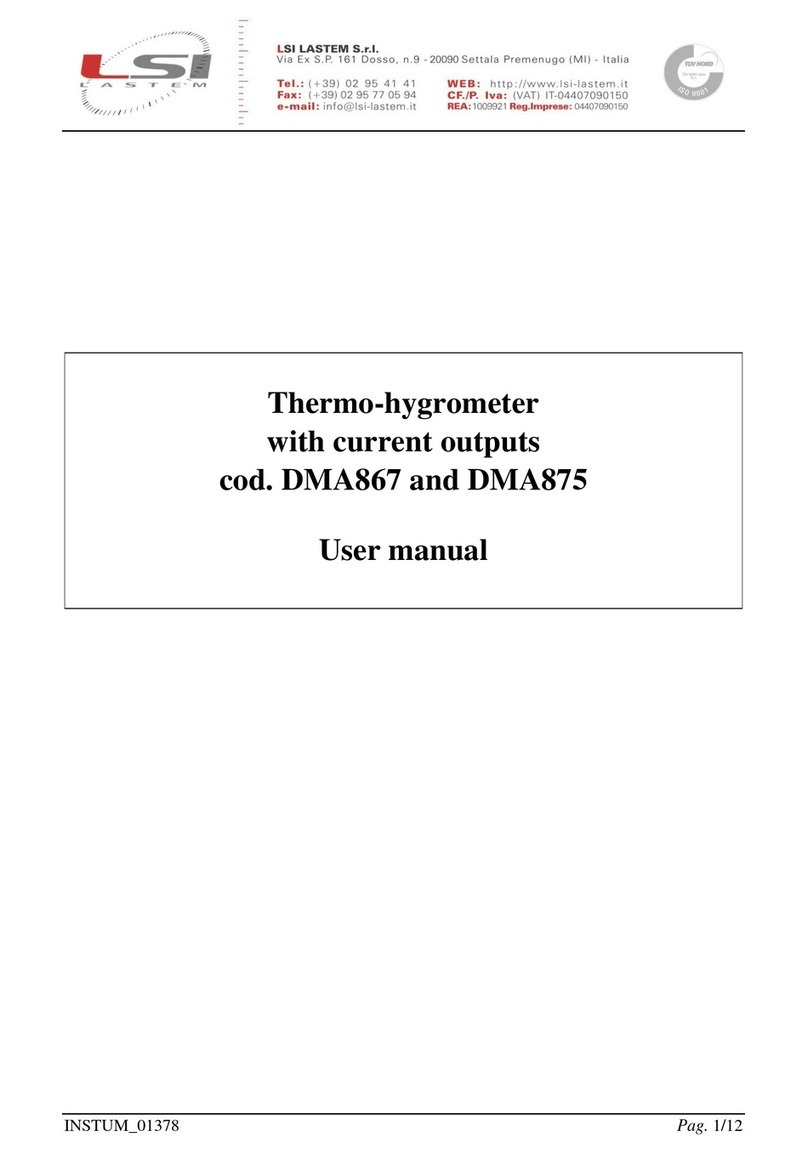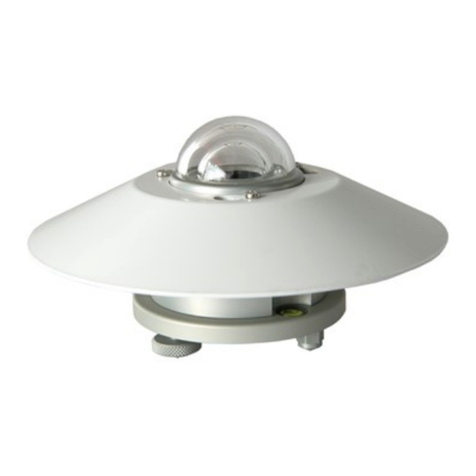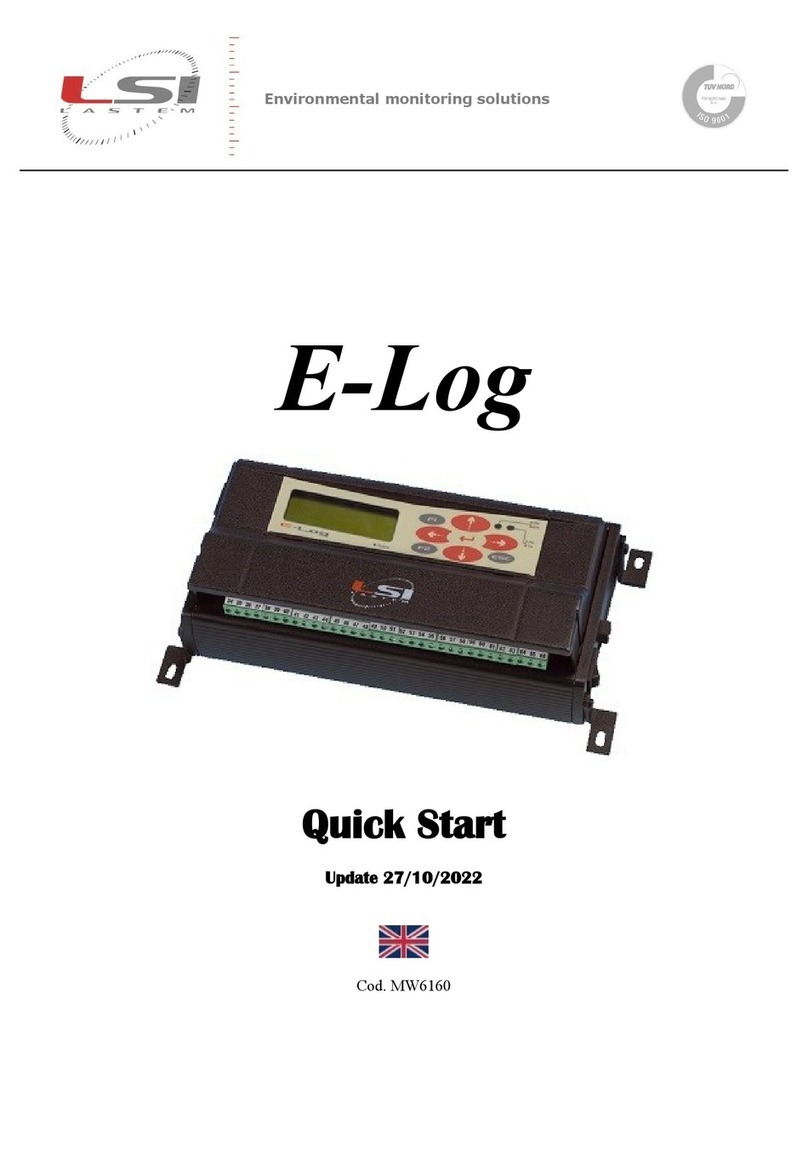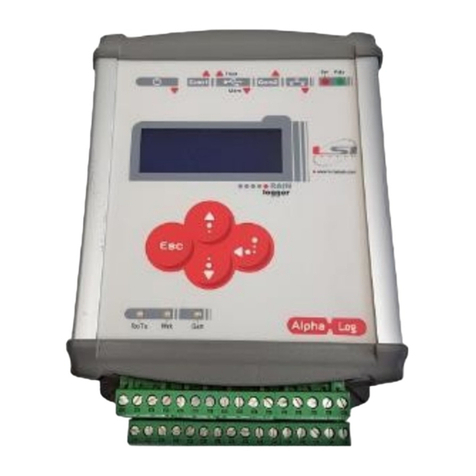Table of contents
1 Introduction............................................................................................................................................... 6
1.1 Models............................................................................................................................................... 8
1.2 Operating limitations......................................................................................................................... 8
2 Safety requirements.................................................................................................................................. 9
2.1 General requirements ....................................................................................................................... 9
3 Configuration and identification ............................................................................................................. 10
3.1 Installing the Sphensor Manager software ..................................................................................... 10
3.2 Sensor configuration ....................................................................................................................... 10
3.3 Repeater configuration.................................................................................................................... 16
3.4 Sphensor Gateway configuration.................................................................................................... 17
3.5 Verification of pre-installation operation........................................................................................ 18
4 Installation of Sphensor equipment........................................................................................................ 19
4.1 Guidelines for placement ................................................................................................................ 19
4.2 Installation....................................................................................................................................... 19
4.3 Sensors installation.......................................................................................................................... 20
4.3.1 Via screw stud.......................................................................................................................... 20
4.3.2 On electric plate ...................................................................................................................... 20
4.3.3 Hung......................................................................................................................................... 21
4.3.4 Via stainless steel base............................................................................................................ 21
4.3.5 Via easel................................................................................................................................... 21
5 Deepening................................................................................................................................................ 23
5.1 Time synchronization ...................................................................................................................... 23
6 Diagnostics............................................................................................................................................... 23
6.1 Functional status LEDs..................................................................................................................... 23
7 Technical specifications........................................................................................................................... 25
7.1 PRMPA0401. PRMPA0402, PRMPA0403, PRMPA0404, PRMPA0405 sensors................................ 25
7.2 PRMPA0423 sensors........................................................................................................................ 27
8 Maintenance............................................................................................................................................ 28
8.1 Battery replacement........................................................................................................................ 28
9 Application protocol................................................................................................................................ 29
9.1 Instanteous data snapshots............................................................................................................. 29
9.2 Diagnostics snapshots ..................................................................................................................... 30
9.3 Status snapshots.............................................................................................................................. 31


